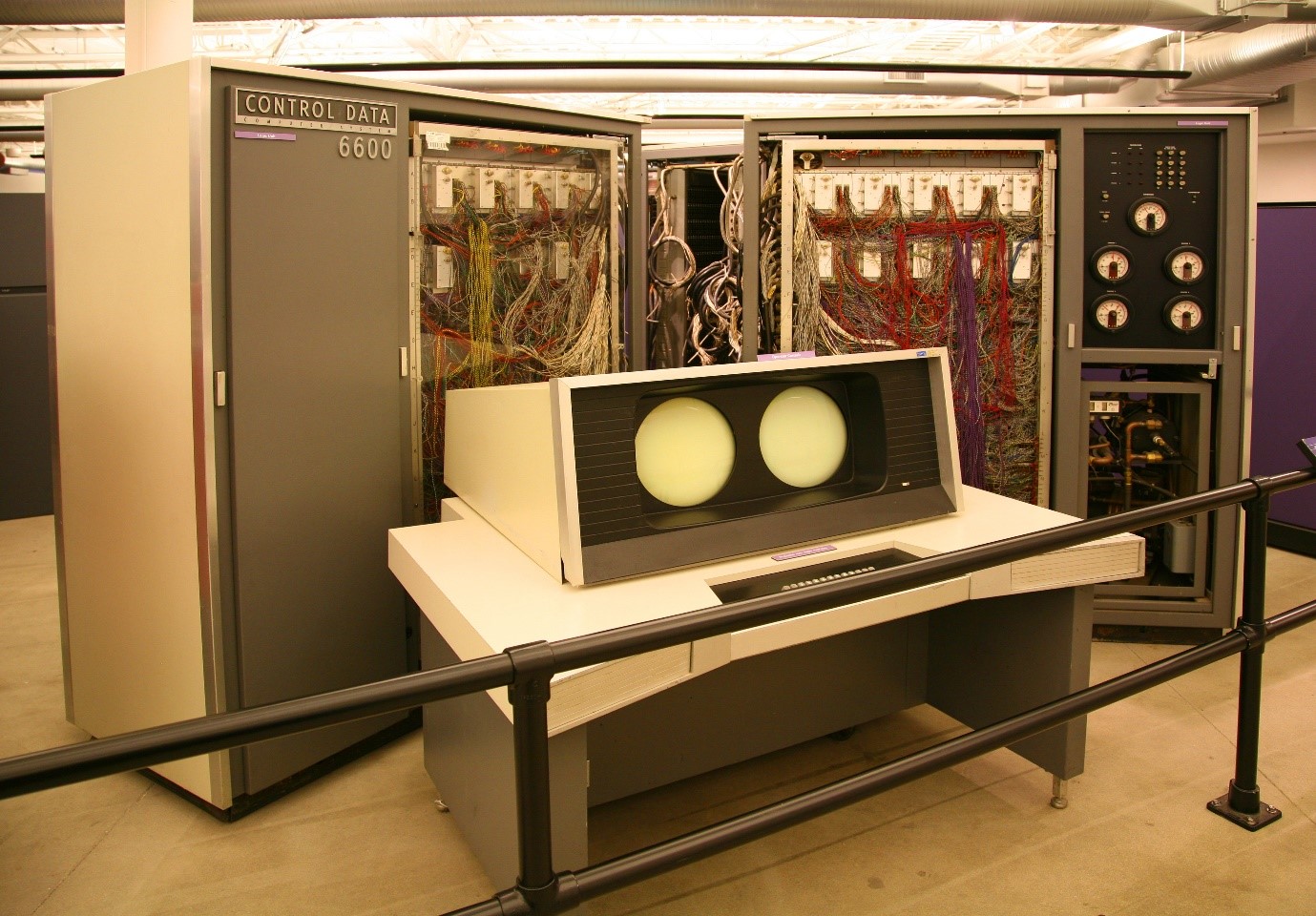- Posted Sept. 28, 2013, 9 a.m. - 11 years, 10 months ago
Seymour Cray – Pioneer of the Supercomputer
Known as the father of supercomputing, Seymour Cray was born in Wisconsin, USA on 28th September 1925. Following in his father’s footsteps, Cray had a keen interest in engineering and after completing his service during the Second World War, he went on to study both electrical engineering and applied mathematics.
Throughout his early career whilst he was employed by Engineering Research Associates, he initially worked on machines which facilitated code breaking, using expertise gained from his time during the war as a radio operator and codebreaker. The ERA 1103 would be the first scientific computer to feature Cray’s design work, and following its success, would start the journey towards the revolutionary supercomputers that were to come.
Cray progressed to work with Control Data Corporation, where after designing the CDC 1604, and CDC 3000, he focused his efforts on the CDC 6600, this would become the first supercomputer, with Cray’s design optimizing the speed and capacity of the machine, by increasing I/O bandwidth to ensure a fast system, and addressing industry wide problems such as imprecise interrupts. The significance of the development of the CDC 6600 can never be underestimated. CDC became the market leader with the unrivalled speed of the machine leaving competitor products posing no threat. Cray would continue to design supercomputers for CDC, with the CDC 7600 and CDC 8600 also being developed.
In 1972, Cray took the decision to leave the company and founded Cray Research. Based in Wisconsin, Cray continued to enjoy success, constantly working to improve the performance and design of his computer systems. It is reported that in 1976, a deal worth $8.8 million was secured by Cray, following the system installation of the Cray-1 at the Los Alamos National Laboratory. Leading edge design and the resulting technology offered the fastest ever speed of 160 megaflops in addition to an 8 megabyte memory, and also included the addition of a cooling system to solve the problem of the heat generated by these powerful processors. As well as the commercial success enjoyed with the Cray-1, 1982 brought the introduction of the Cray X-MP, Cray’s first multiprocessor supercomputer, and in 1985 the Cray-2 was launched and offered 10 times the performance of the Cray-1 system. In 1988, record speeds would again be achieved with the Cray Y-MP.
Cray would continue its domination of the supercomputer market with the introduction of Cray C90, and the Cray XMS (the first mini supercomputer). 1993 saw the launch of Cray’s MPP system, the Cray T3D which again took the lead in its field. Cray were also responsible for the first wireless supercomputer with the Cray T90 introduced in 1994, the same year as the Cray J90, subsequently recognised as the most successful global supercomputer solution.
In 1996, Cray was aged 71 when he tragically died following a car accident. Up until the time of his death, Cray was still working on developing new technologies for the Cray portfolio.
Further developments within the company would include its merger with Silicon Graphics in 1996, with the Cray Research division later sold to Tera Computer Company, at this time the company was renamed Cray Inc, and with revenues of over $421 million in 2012, and over 1,000 employees continues to be a major player with its latest offering including the Cray XC30 series supercomputer and CS300 Cluster Series.
Image Credit: http://bit.ly/1dIHzWm
Latest Articles
-
Our latest testimonial for Infix 6
Dec. 19, 2016, 2:40 p.m. -
Most commonly translated Turkish words
Feb. 6, 2015, 9 a.m. -
Merry Christmas & A Happy New Year
Dec. 25, 2016, 8 a.m. -
New Save PDF to SVG feature introduced to Spire.Office
Dec. 23, 2016, 11:54 a.m. -
Editing educational PDFs – a user perspective
July 21, 2014, 8:03 a.m.



